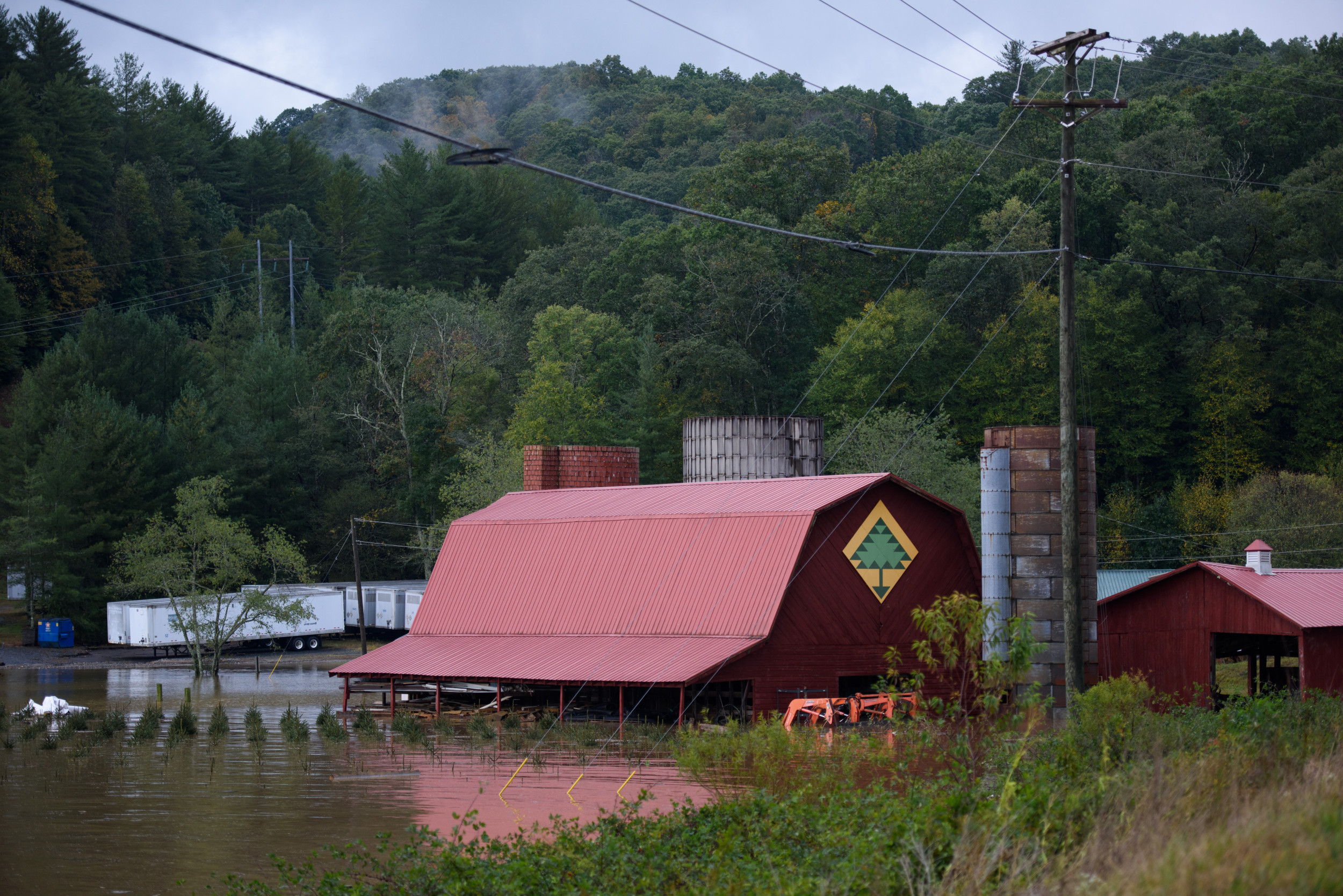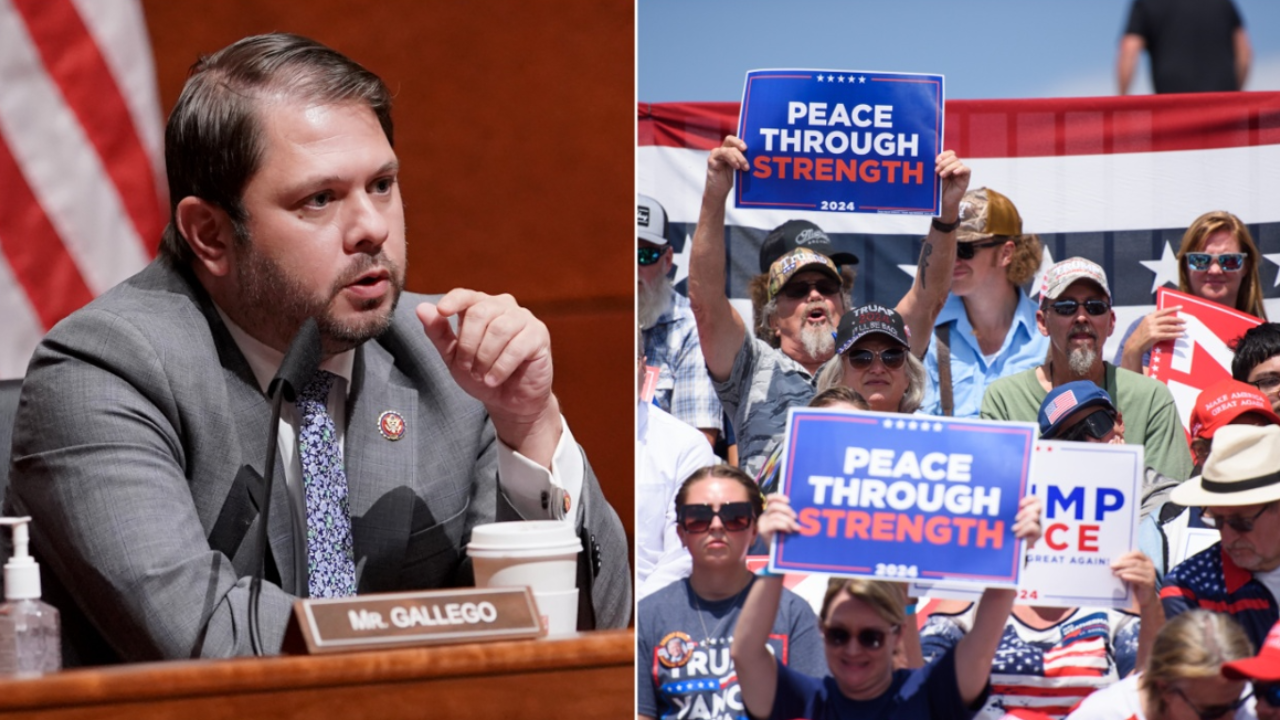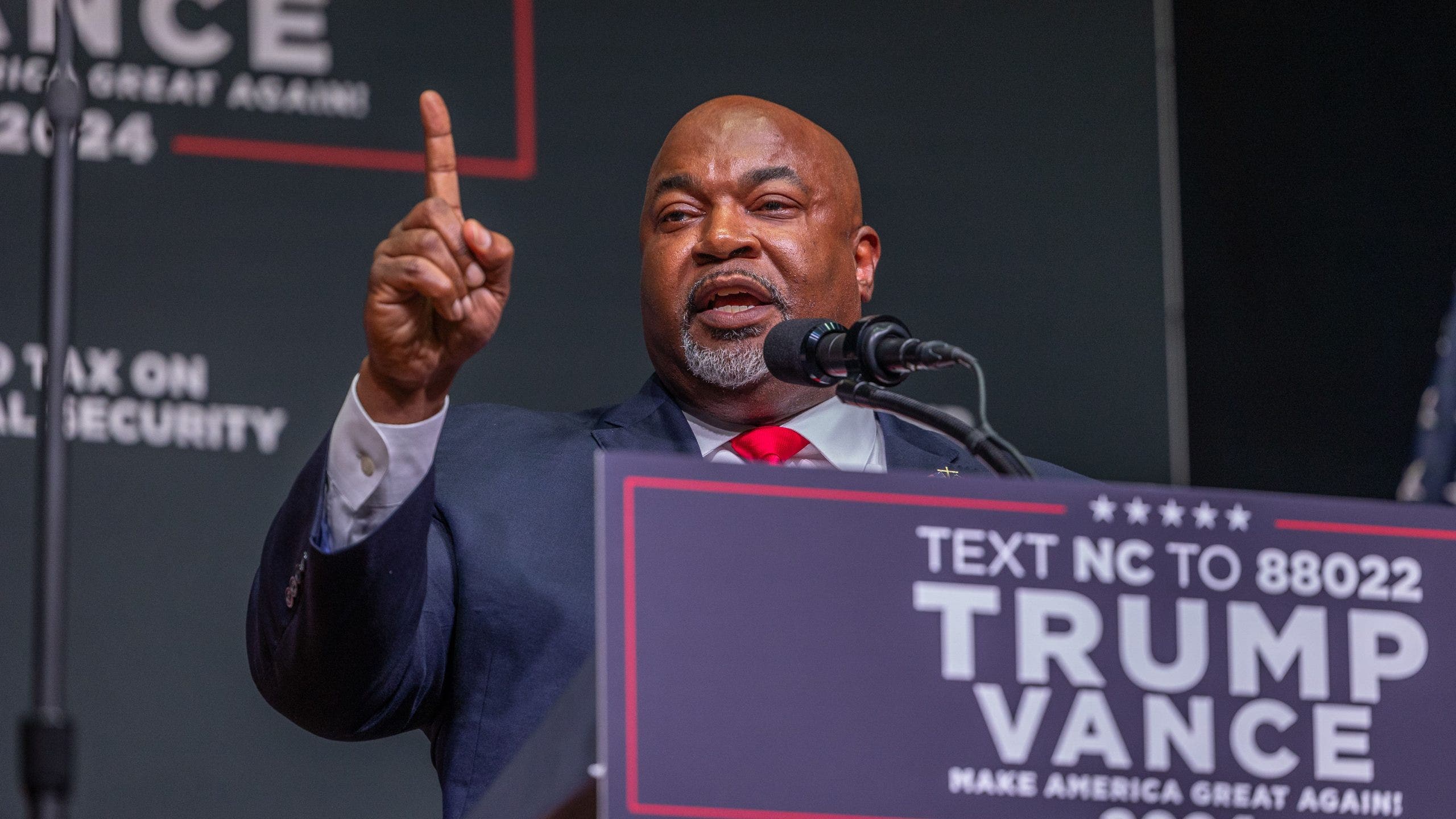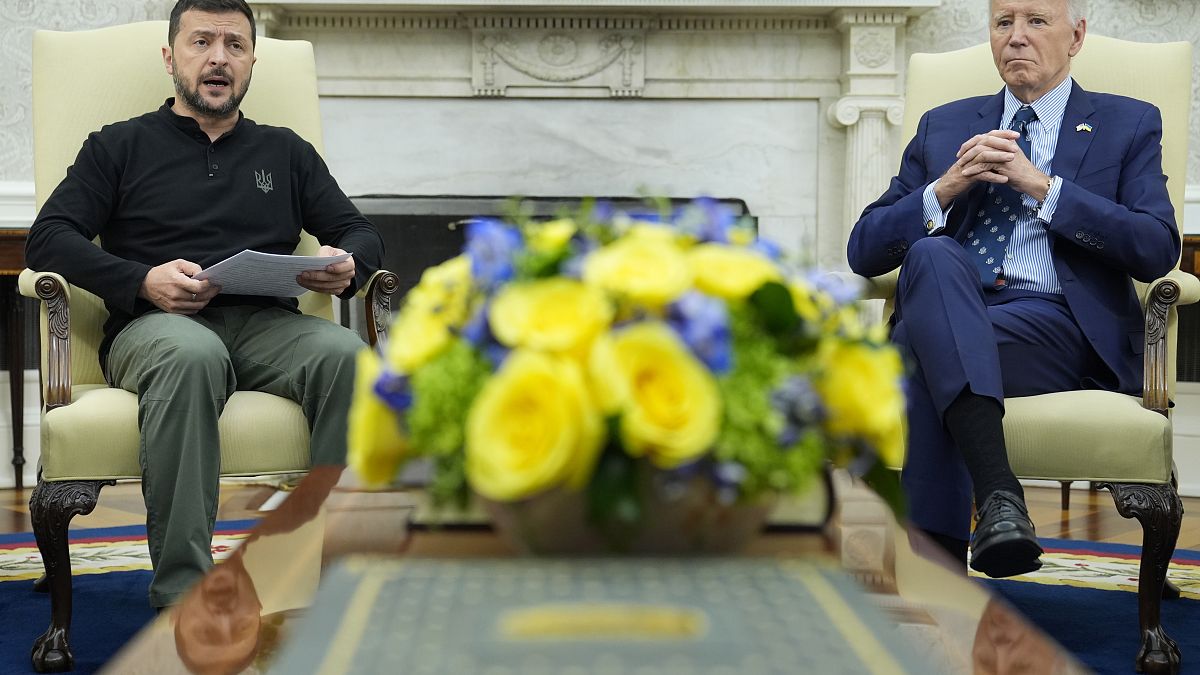Minneapolis, MN
Minneapolis to University of Minnesota fraternities: get that Astroturf off your lawn

Apparently, outdoor drinking games need to be played on natural grass at the U. Or mud. Just not artificial turf.
At least five fraternity houses along University Avenue at the University of Minnesota are fighting with the city after the fraternities received zoning-code violations for installing artificial turf on their front lawns. The houses are losing the battle so far. But if they ultimately prevail, it could have ramifications across the city.
While it might look better than heavily trodden, beer-soaked sod, city officials say Astroturf is isn’t allowed in the way the fraternities are using it.
Despite recent advances that can make fake-grass systems superior in drainage to natural grass, Minneapolis currently characterizes Astroturf the same as pavement: an impervious surface. When the houses along fraternity row replaced their grass lawns with synthetic turf, they plowed through their permitted “impervious surface ratio,” a technical term intended to limit the amount of runoff from rainfall or snowmelt (or any other fluid) that can tax a city’s stormwater drainage system and potentially lead to flooding.
The fraternities were dealt their latest blow last week, when a City Council committee voted to deny the appeal of Sigma Chi, which was among several local chapters ordered by the city to remove the artificial lawns. Sigma Chi has two buildings with artificial front lawns. The denial of their appeal faces a vote of the full City Council this week.
Flip cup trend
For those keeping score, additional fraternities dinged for their crisply laid artificial turf include Delta Kappa Epsilon, Pi Kappa Alpha and Sigma Alpha Epsilon, according to Brad Ellis, who manages zoning administration for the city. Ellis said the city’s action — issuing “orders of non-compliance” that do not include fines ― were the result of inspections prompted by complaints about the synthetic lawns beginning to pop up in this historic district last year. But those fraternities aren’t the only ones to have opted for artificial turf.
On a recent morning, Chi Psi’s front lawn appeared be wet dirt with several large carpets of Astroturf loosely laid out around a wooden table holding a set of dice. Pi Kappa Psi has installed artificial turf as well. And Theta Chi, tucked behind other houses on a spur of 19th Avenue, sports synthetic grass covering a portion of its front lawn; an examination of property boundaries suggests much of the turf was installed on university-owned land.
The lawns stand out against a the relatively homogeneous row of ivy-draped historic brick buildings decorated with Greek letters and accented with grills and the odd overturned chair, orphaned beer can or unattended keg. The centerpiece of most front lawns is a counter-height table of workbench-like design and varying levels of craftsmanship. It’s where drinking games like flip cup are played; the evidence of foot traffic suggests this is the arena where the action is.
The synthetic lawns stand out because, well, they’re not unkempt. No weeds, no mud or dirt, just a carpet of tightly cropped plastic grass blades.
“The lawn totally gets torn up,” said Daren Jenson, president of the Theta Chi Alumni Association, which owns the fraternity chapter’s house, where a part of the front lawn is now artificial turf. “We’re just trying to make it look better.”
Turf trending?
Decades ago when fake grass first made its appearance in sports stadiums and the occasional lawn, it was usually little more than a bristly carpet laid over concrete — neither sightly nor an effective way to avoid stormwater runoff. Local and state zoning drainage codes, including Minneapolis’, still treat the material the same way today. Not only does Minneapolis view the brothers’ synthetic lawns as impervious, they’re also in violation of part of the city code that says lawns must be natural plants; the artificial turf is considered an “obstruction” to each house’s lawn.
But there’s a move afoot to change that. From high school playing fields to urban dog parks, artificial turf systems that are installed on top of porous materials like sand are being adopted. That’s not only because they’re impervious to wear and tear, but because they can manage stormwater well.
A bill at the state Legislature this year sought to mandate that certain types of artificial turf be considered a best practice in the state’s official Stormwater Management Manual, potentially opening new markets to the products. The measure was supported by the Minnesota Nursery and Landscape Association. The bill, which had a smattering of Democratic and Republican sponsors in the House and Senate, failed to become law.
Even though the city’s codes eschew artificial turf, if the fraternities can win their appeal, it would become citywide precedent, Ellis said. In other words: If the City Council were to side with Sigma Chi, artificial turf would essentially be considered a drainable surface citywide, and it could become more widely used.
But that doesn’t seem likely.
Council members skeptical
Nick Valle, an attorney representing the fraternities, on Tuesday tried to convince members of the council’s Business, Housing & Zoning Committee that the fraternities had installed modern, well-draining turf systems.
But city zoning officials responded that they have no way of verifying that, no training in how to inspect such systems and no requirements for how to ensure that artificial turf drainage systems don’t break down over time and become no better that concrete slabs. Several council members agreed.
“Some turf might be a plastic bag laid on the ground,” Council Member Jeremiah Ellison said. “Some turf might be highly sophisticated, installed in a sophisticated way. We wouldn’t know the difference.”
Ellison said it’s possible the council might decide to change the city’s codes on turf, but that’s a longer process that would require study.
If the fraternities lose their appeal to the council, they could still apply for a variance, which would allow them to keep their fake lawns without setting any precedence.
If they’re denied a variance, they could sue.

Minneapolis, MN
Increased patrols, curfew for teens after increased violence in downtown Minneapolis

Extra patrols in downtown Mpls after increased violence
Extra patrols will be out this weekend in downtown Minneapolis after increased violence in the area the past couple of weekends. FOX 9’s Leon Purvis has the latest.
MINNEAPOLIS (FOX 9) – Minneapolis Police and violence prevention groups are stepping up patrols and setting a curfew this weekend. The changes come after several deadly late-night incidents earlier this month.
Minneapolis Police Chief Brian O’Hara tells FOX 9 there are multiple agencies on standby in case more violence breaks out. They have also set an 11 p.m. curfew for teens in hopes of preventing another tragedy.
“The last two weekends the problem we’ve been seeing particularly at 5th and Hennepin is a lot a teenagers that are down here hanging out throughout the afternoon and late at night when really there’s nothing for them to get into but trouble,” said O’Hara.
O’Hara is looking for a peaceful weekend in the city.
Last weekend a shooting at 5th and Hennepin left two men dead and two teenage girls injured. In that same area two weeks prior, a woman drove a car into a crowd, killing another teenage girl.
O’Hara is now looking for everyone to come together and stop the violence.
“There’s several community-based violence interrupters that are out here, several different groups,” said O’Hara.
One of the community groups involved in this weekend’s efforts is T.O.U.C.H Outreach.
“The plan right now is just to come out and meet some of these young people where they’re at. Identify some of the young people we already have relationships with,” said Muhammad Abdul-Ahad, the Executive Director of T.O.U.C.H Outreach.
“We’re taking mostly a community engagement approach because these are some of the kids that are from our communities that we come from,” said Abdul-Ahad.
Friday night’s curfew is at 11 p.m. for teens in downtown Minneapolis. The shooting last weekend happened just before two in the morning.
“3 o’clock in the morning kids need to be home and be in bed by that time, waking up to do something the next weekend morning. Get into some fun activities.,” said Abdul-Ahad.
The violence interrupter groups plan to be out in the community until three in the morning.
Minneapolis, MN
Minneapolis Mayor Jacob Frey says city-approved funds for homeless shelter don’t exist

MINNEAPOLIS — Without major repairs, the Agate homeless shelter in Elliot Park would permanently close in less than two weeks.
However, a recent City Council action allocating $1.5 million dollars of surplus funds, combined with matched money from an anonymous donor, is set to save the 95-bed space that serves 135 people.
Agate Executive Director Kyle Hanson said the shelter will still close on Oct. 9. After that, work will be done to repair things like plumbing and heat, while adding air conditioning.
Hanson said the shelter will reopen in eight to 12 months.
“The City Council stepped up and made sure that we funded a shelter to prevent its permanent closure,” said Minneapolis City Council Member Jason Chavez.
But Minneapolis Mayor Frey said there’s just one problem: That money is already allocated.
In a letter to council members Thursday, Frey wrote that the funding decision lacked proper vetting and was based on point-in-time budget projections.
The council’s action will either cut $350,000 for a Minneapolis park, or will cut city staff, according to Minneapolis’ Chief Financial Officer Dushani Dye.
“They didn’t talk to anybody that actually knows what they’re talking about with respect to the budget, and the repercussions are they ended up cutting things that they didn’t realize they were cutting,” said Frey.
“To those claims, I’ll say the money is there and if the money isn’t there, did the mayor’s administration share inaccurate information to the public a couple days ago?” said Chavez.
According to Chavez, the shelter funds are coming from surplus dollars from city departments that regularly underspend. The 2024 city budget projects underspending, he said.
While the funding was approved and Frey did not veto it, the mayor said, in his letter to council members, that his administration will work to find “…a less disruptive source of funding.”
“Our team is going to continue to dig in on this to figure out how we make lemonade out of lemons,” said Frey.
Minneapolis, MN
Prince's 'Purple Rain' House in Minneapolis Coming to Airbnb

Prince fans have a chance to stay in his famous “Purple Rain” house in Minneapolis, because it’s heading to Airbnb … in celebration of the movie and soundtrack’s 40th anniversary.
The late singer bought the place back in 2015 and it’s been closed to the public ever since … but now it’s finally opening its doors, courtesy of a couple members of Prince’s Revolution bandmates.
Wendy Melvoin and Lisa Coleman are hosting the overnight stay, and the lucky guests will be able to spend a night in the life of The Kid.
Airbnb tells us the “Purple Rain” house is newly restored and decked out with pieces and memorabilia from Prince’s personal collection … including a closet full of his most legendary outfits.

The home’s downstairs is adorned with purple velvet wallpaper, and there’s a vintage 1980s stereo loaded with songs inspired by Prince.
The spa looks straight out of the “When Doves Cry” music video … complete with a claw-foot tub and stained-glass windows … plus a plush, purple robe and some lavender bath bombs.

Inside the music lounge, guests can play the drums, shred the guitar, tickle the ivories and sing the “Purple Rain” chorus along with pre-recorded audio from Prince himself.

Prince’s bedroom looks just like it does in “Purple Rain” … and it’s decked out with his personal tape collection — remember those things?!? — plus one of Prince’s original demo recordings.
Folks can request to book the “Purple Rain” house on Airbnb starting October 2 at 6 AM PT through October 6 at 11:59 PM PT … and guests will be randomly selected.
Good luck!!!
-

 News1 week ago
News1 week agoToplines: September 2024 Inquirer/Times/Siena Poll of Pennsylvania Registered Voters
-

 Business1 week ago
Business1 week agoCheaper Mortgages and Car Loans: Lower Rates Are on the Horizon
-

 Business1 week ago
Business1 week agoVideo: Federal Reserve Cuts Interest Rates for the First Time in Four Years
-

 Politics1 week ago
Politics1 week agoHouse committee to demand 'stonewalled' memo detailing Biden agency's 'curious' voter registration work
-

 Politics1 week ago
Politics1 week agoDem lawmakers push bill to restore funding to UN agency with alleged ties to Hamas: 'So necessary'
-

 News7 days ago
News7 days agoVideo: Who Are the Black Swing Voters?
-

 News1 week ago
News1 week agoWatch: House Democratic leaders hold briefing
-
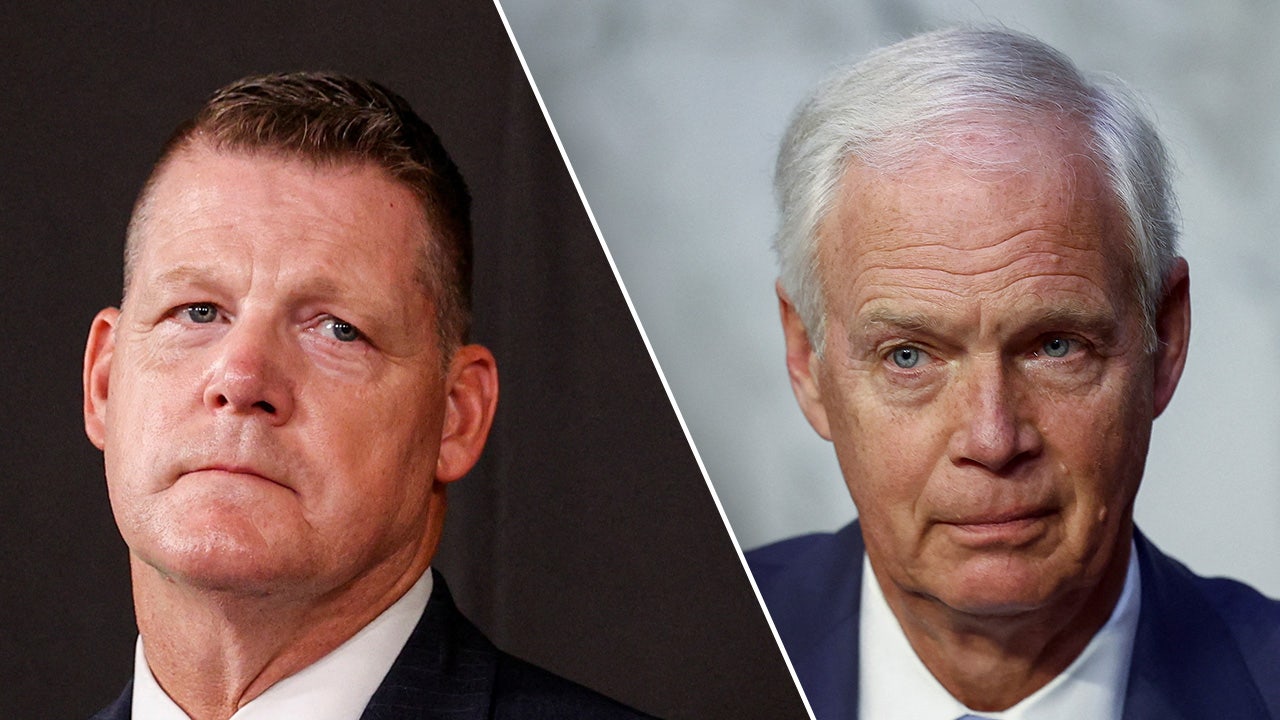
 Politics1 week ago
Politics1 week ago'I've never seen this': Top Republican details level of Secret Service 'lack of cooperation'




